Subaru Legacy and Mazda 6: Low Volume Midsize Cars Making A Small Difference
America’s 35th president, John F. Kennedy, said, “One person can make a difference, and everyone should try.”
Automobile manufacturing is not public policy. ( Actually it is, basically all the time.) But virtually every automaker tries to make a difference in the midsize car sector, yet are the differences each manufacturer makes worthy of a mention here?
2014, like most years, is a time of great change for the segment. We’ve been steadily approaching a premature refresh of the Camry, America’s best-selling car. Chrysler Group replaced its Sebring-based 200 and Dodge Avenger with an Italian-based (can we call it that?) 2015 200. Hyundai’s avant-garde sixth-generation Sonata was replaced by a more conservative 2015 model.
Also recently launched was the sixth-generation Subaru Legacy. Subaru USA reported their best-ever Legacy sales month in September, when 6198 were sold.
Crossing the 6K threshold is no mean feat for a car which averaged fewer than 3800 monthly sales in 2012 and 2013.
With real volume coming from the company’s midsize car (plus improvements from the Outback, XV Crosstrek, and Forester) Subaru yet again reported record brand-wide sales: September 2014 was Subaru’s best-ever September. Sales have increased in 34 consecutive months.
Meanwhile, Mazda reported the 6’s sixth consecutive year-over-year monthly improvement as September sales shot up to 4263 units. 6 sales have now topped 4000 units in five consecutive months after crested the 4K mark only seven times in the previous 28 months.
Measured by percentage gains, the 6 was America’s second-fastest-growing midsize nameplate in September, surging 35% as Legacy sales jumped 118%.
Perhaps neither car made a huge difference in the overall scheme of things – they accounted for just 0.8% of the new vehicles sold in the United States last month – but their impact on the midsize sector was notable. In September 2013, they generated just 3.5% of America’s midsize car volume; that figure rose to 5.9% in September 2014. With 10,461 sales between the pair, they combined to produce market share similar to the Chrysler 200 (10,995 September sales) and Kia Optima (10,908 September sales).
Nevertheless, the 31% year-over-year improvement from the Honda Accord, America’s best-selling car in both August and September, translated to 7780 extra sales compared with September 2013. In other words, Honda added more sales to an already high September 2013 Accord total than Subaru or Mazda’s midsize total. The Accord’s market share, on its own, increased by 3.7 percentage points to 18.5%.
America’s four best-selling midsize cars so far this year (Camry, Accord, Altima, Fusion) combine to sell 60% more often than the next eight-best-selling midsize cars (Sonata, Malibu, Optima, 200, Passat, Avenger, 6, Legacy).
This doesn’t translate to bad news for the two smaller Japanese automakers, not at all. Subaru will likely sell more than 50,000 Legacy sedans this year, a total not achieved by the Legacy nameplate since its sales figures were Outback-inclusive. Mazda has already sold more 6s through the first nine months of 2014 than in all of 2009, 2010, 2011, or 2012 and will likely produce the greatest year-end 6 volume since 2007, when 57,575 6s were sold.
Clearly, lower volume intermediate cars are having an impact as they utilize their unique strengths to attract attention in a stagnating segment. And yet even in September, a most difference-making of months, the Legacy and 6’s achievements pale in comparison to the Accord’s surge, like filibustering senators who aren’t blessed with veto pens in their desk drawers.
More by Timothy Cain
Latest Car Reviews
Read moreLatest Product Reviews
Read moreRecent Comments
- Jkross22 Gotta stop the spying Chinese!!!! Please. These parasites don't care about spying unless they're the ones profiting. US Commerce Secretary... another useless job that should be done away with.
- Canam23 I've rented them and found them...fine. I wish Ford had continued with or came up with a new generation Fusion which was a far better sedan.
- MaintenanceCosts The ES will do well in an electric version, assuming it's more thoroughly baked than the half-finished RZ. There's plenty of the Lexus customer base who use planes whenever they travel and don't need to drive their own cars outside the metro area.
- Legacygt It was more than 20 years ago that the Bangle designed BMW sedans started looking a little bit awkward. But the lineup today is chock full of downright ugly vehicles. This is one of them.
- Jeff It does state in this article that Europeans as well as Americans have cooled on EVs. I can see push back from consumers on the 2035 deadline for EVs in Europe and in states like California. I have no problem with manufacturers offering EVs but many for at least now don't want EVs. Maybe GM instead of planning to do away with the Malibu to make more EVs, GM should have offered the Malibu as a hybrid only like Toyota is offering the Camry for 2025. It would cost GM a lot less to offer a hybrid Malibu and it would outsell any EV that plant would produce. I even think GM would increase sales of the Malibu as a hybrid only and more competitive pricing.




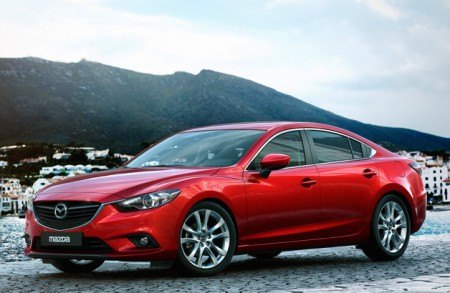















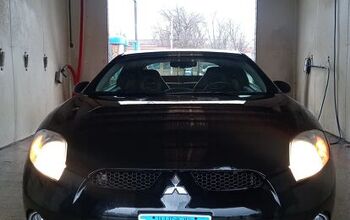
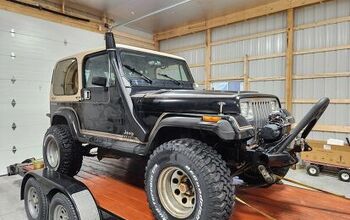
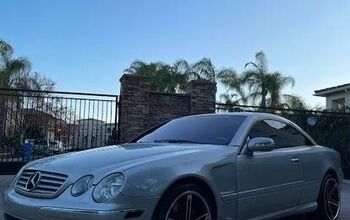

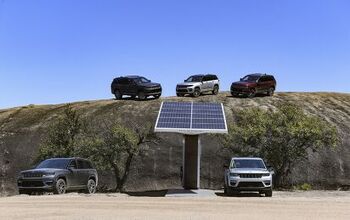
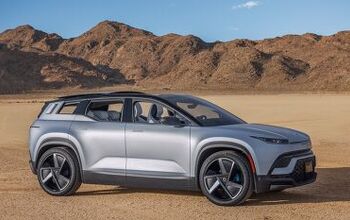
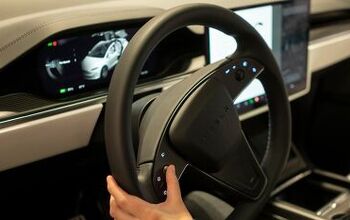
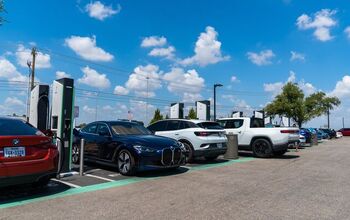
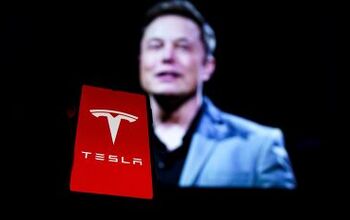
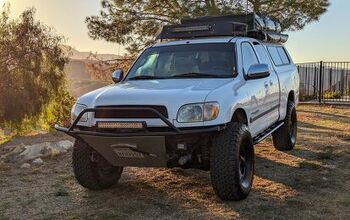
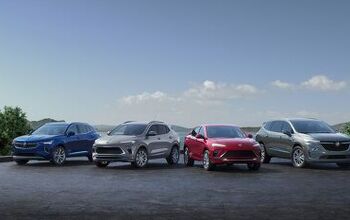
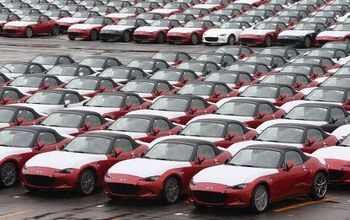
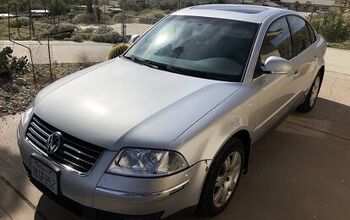
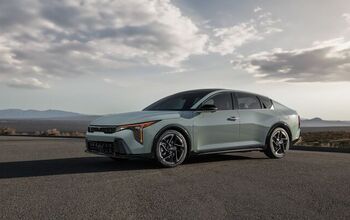
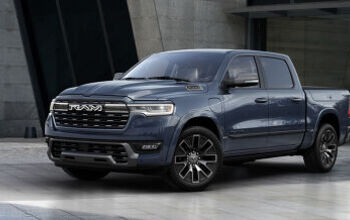
Comments
Join the conversation
The new Legacy is a fine alternative to the more mainstream sedans. It might not have the dramatic styling of the 200 or Fusion, but at least there is decent headroom for the rear seat passengers. The Legacy's interior isn't quite as nice as the Accords, but since Honda saved money by not offering AWD, they had more money to spend on the interior. Most consumers will understand that. The styling of the Mazda6 is stunning. But I have not been out for a test drive in the 6.
I was a 30 year owner of Hondas, from Civics, through Accord, and then CR-V. Last year, it was time to trade-in the 2007 CR-V (my first SUV) for the next gen model. Took it for a drive (top of the line) and it was very nice - not great, but nice. On the lot was the just released latest Accord. Took it for a drive just for the fun of it, and thought - hmm, for a little extra it's a much better driving car than the CR-V. I liked the rear view side mirror for lane changing, but didn't like the outdated engine and transmission. It was soft and comfortable. Then I took the Mazda CX-5 then the 6 out for drives, having been in a friend's newly purchased diesel CX-5 - yes, the ones reported to have oil troubles. What a world of difference in terms of "drivability". Now I understood the "zoom-zoom" advertising. I ended up buying the Soul Red Mazda 6 2.2 turbo diesel Atenza as it's called in Australia with all the mod cons including the i-Eloop fuel saving setup. This is a car for driving. In March this year, visiting San Francisco, I rented a car to drive down the PCH to LA. I was "upgraded" from a smallish Corolla to a Nissan Altima, current model. The drive was wet and cloud-obscured, unfortunately, but how I wished I had my Mazda 6 to do this classic drive. The Altima was great on the 405, but on the PCH was a dog to drive. The Accord in Australia is not the huge market owner it is in the USA, so the 6 has a better showing here, although the latest 3 must be eating its lunch, cannibalising the product. The same engine and better running gear (e.g. infotainment system) is to be had, as well as the Soul Red, and likely I would have saved $10,000 buying it rather than the 6. Mind you, as Apple's story tells us, if you're going to lose sales, let it be to your own product rather than a competitor's. For reasons best known to Mazda US, the wagon we have here is not available, and my guess is Mazda is selling as many 6 wagons in Australia as they are sedans or close to it. It can also be bought in diesel, and is perhaps one of best looking wagons out there. Not as accomplished perhaps as the Outback, with different reasons for owning I suspect.